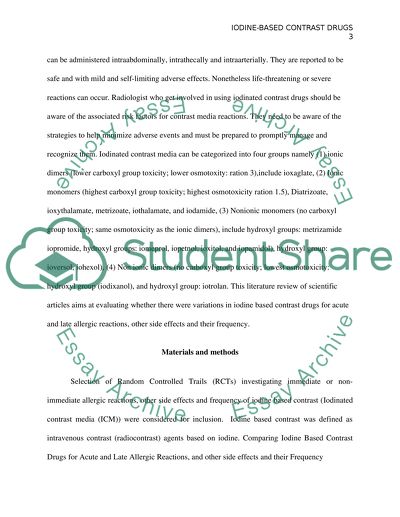Comparing Iodine Based Contrast Drugs for Acute and Late Allergic Article. Retrieved from https://studentshare.org/nursing/1491494-comparing-iodine-based-contrast-drugs-for-acute-and-late-allergic-reactions
Comparing Iodine Based Contrast Drugs for Acute and Late Allergic Article. https://studentshare.org/nursing/1491494-comparing-iodine-based-contrast-drugs-for-acute-and-late-allergic-reactions.


